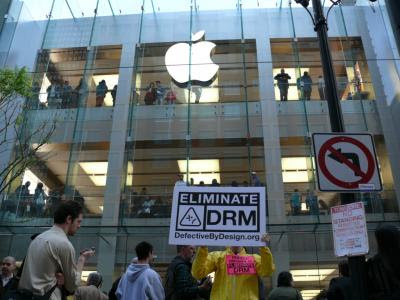Since the coming of digital media, protecting the digital content and devices of publishers, creators, manufacturers, musicians, and other copyright holders has always been a problem because of piracy. That is why big companies the likes of Amazon, Microsoft, Electronic Arts, and Sony use digital rights management (DRM) to limit the use and distribution of their content.
 |
| Image Source: giantbomb.com |
However, many are against DRM—particularly always-on DRM, which requires the content user to always be connected to the Internet as it keeps checking whether the content is being used as intended by the content provider. A lot of people believe that always-on DRM technologies only make the lives of content users more difficult, especially when they lose access to their content—which they paid for with their hard-earned money—the moment they go offline. In addition, it is well known that servers usually go offline after a number of years, especially for video games. And when they do, users who legally paid for content will no longer have access to it.
.jpg) |
| Image Source: defectivebydesign.org |
Since DRM gives content providers leverage over almost anyone, including makers of playback devices, these content providers have the power to dictate what platform their content can run on or be played from, providing less choices to the consumer and effectively stifling competition.
Since always-on DRM only benefits the content producer, many consumers continue to complain about its use, arguing that they should have control over the product or service that they purchased legally.
 |
| Image Source: defectivebydesign.org |
Evan Granowitz is a lawyer who is well-versed in the areas of unfair competition and class action litigations. Visit the Wolf Group LA website to learn more.
No comments:
Post a Comment